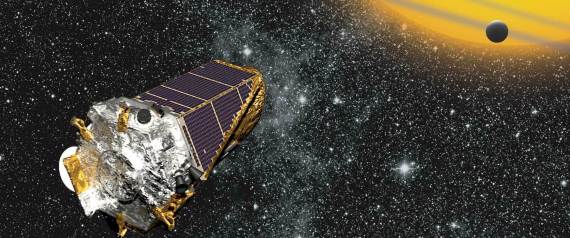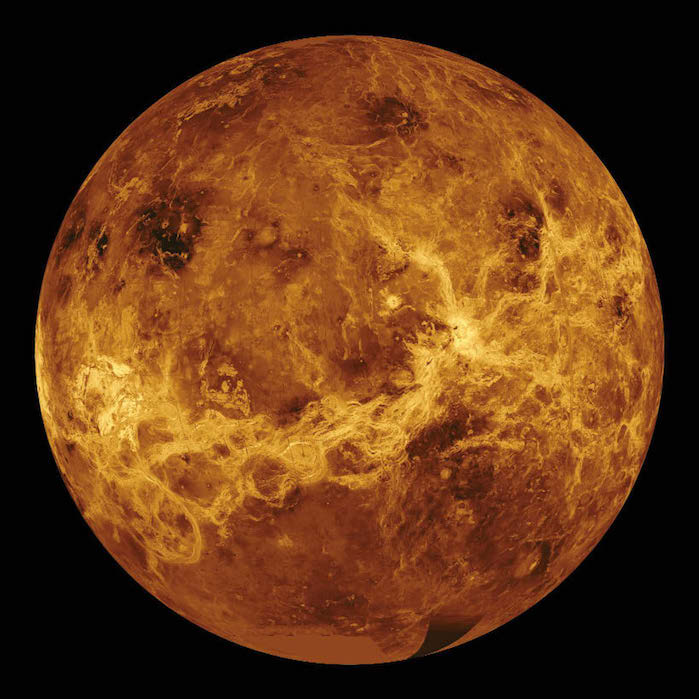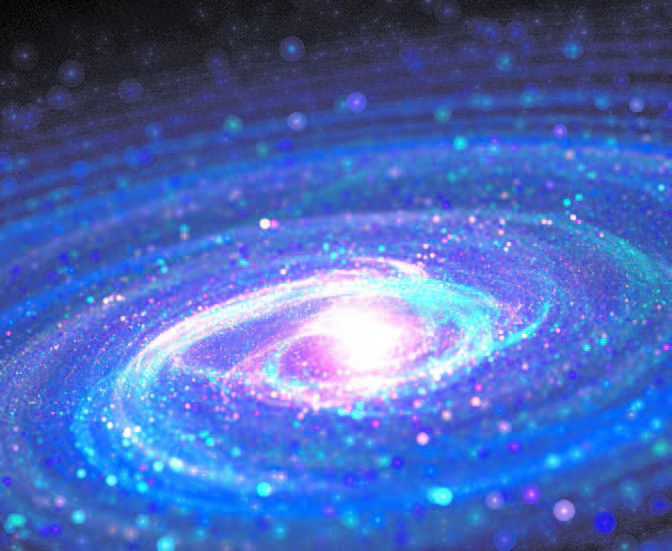
NEW DELHI (TIP): Astronomers have found clouds of water or water ice for the first time outside the solar system. Using the Gemini North telescope in Hawaii, UC Santa Cruz scientists observed the clouds on a brown dwarf located just 7.2 light years from Earth.
Since its detection in 2014, the brown dwarf known as has fascinated astronomers. Only 7.2 light-years from Earth,the coldest known object outside of our solar system, this brown dwarf is known as WISE 0855 and it was discovered only in 2014. It is just barely visible at infrared wavelengths with the largest ground-based telescopes. The scientists have succeeded in obtaining an infrared spectrum, providing the first details of the object’s composition and chemistry.
“We would expect an object that cold to have water clouds, and this is the best evidence that it does,” said Andrew Skemer, assistant professor of astronomy and astrophysics at UC Santa Cruz. Skemer is first author of a paper on the new findings to be published in Astrophysical Journal Letters and currently available online.
A brown dwarf is a failed star, having formed the way stars do through the gravitational collapse of a cloud of gas and dust, but without gaining enough mass to spark the nuclear fusion reactions that make stars shine. With about five times the mass of Jupiter, WISE 0855 resembles that gas giant planet in many respects. Its temperature is about (-) 23 degrees C, making it nearly as cold as Jupiter, which is (-) 144 degrees C.
“WISE 0855 is our first opportunity to study an extrasolar planetary-mass object that is nearly as cold as our own gas giants,” Skemer said.
Previous observations of the brown dwarf, published in 2014, provided tentative indications of water clouds based on very limited photometric data. Skemer, a coauthor of the earlier paper, said obtaining a spectrum (which separates the light from an object into its component wavelengths) is the only way to detect an object’s molecular composition.





Be the first to comment